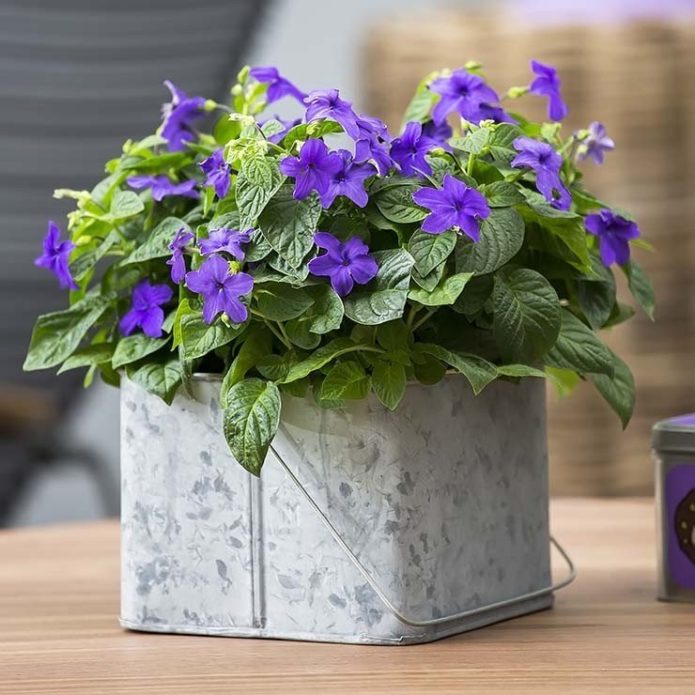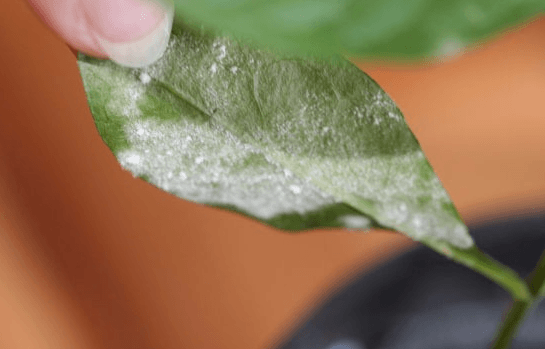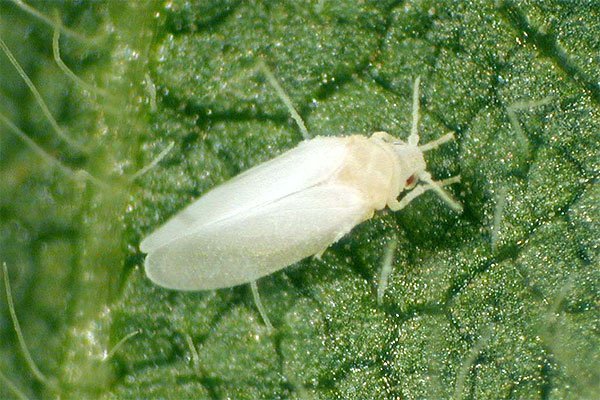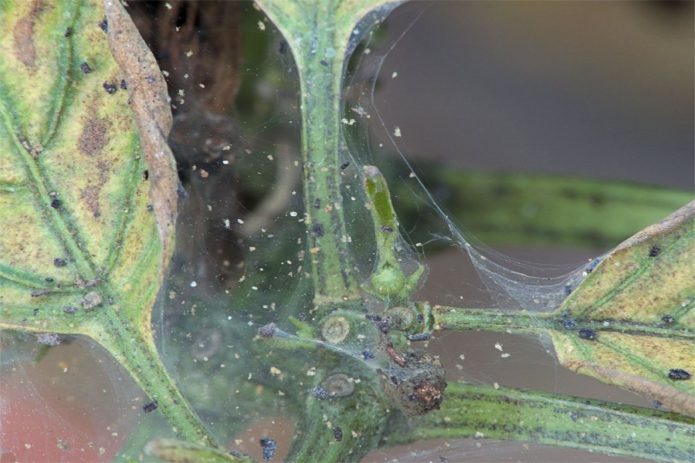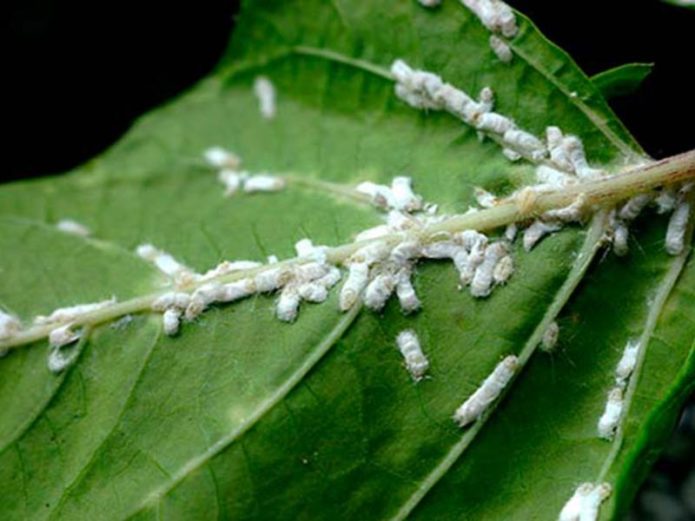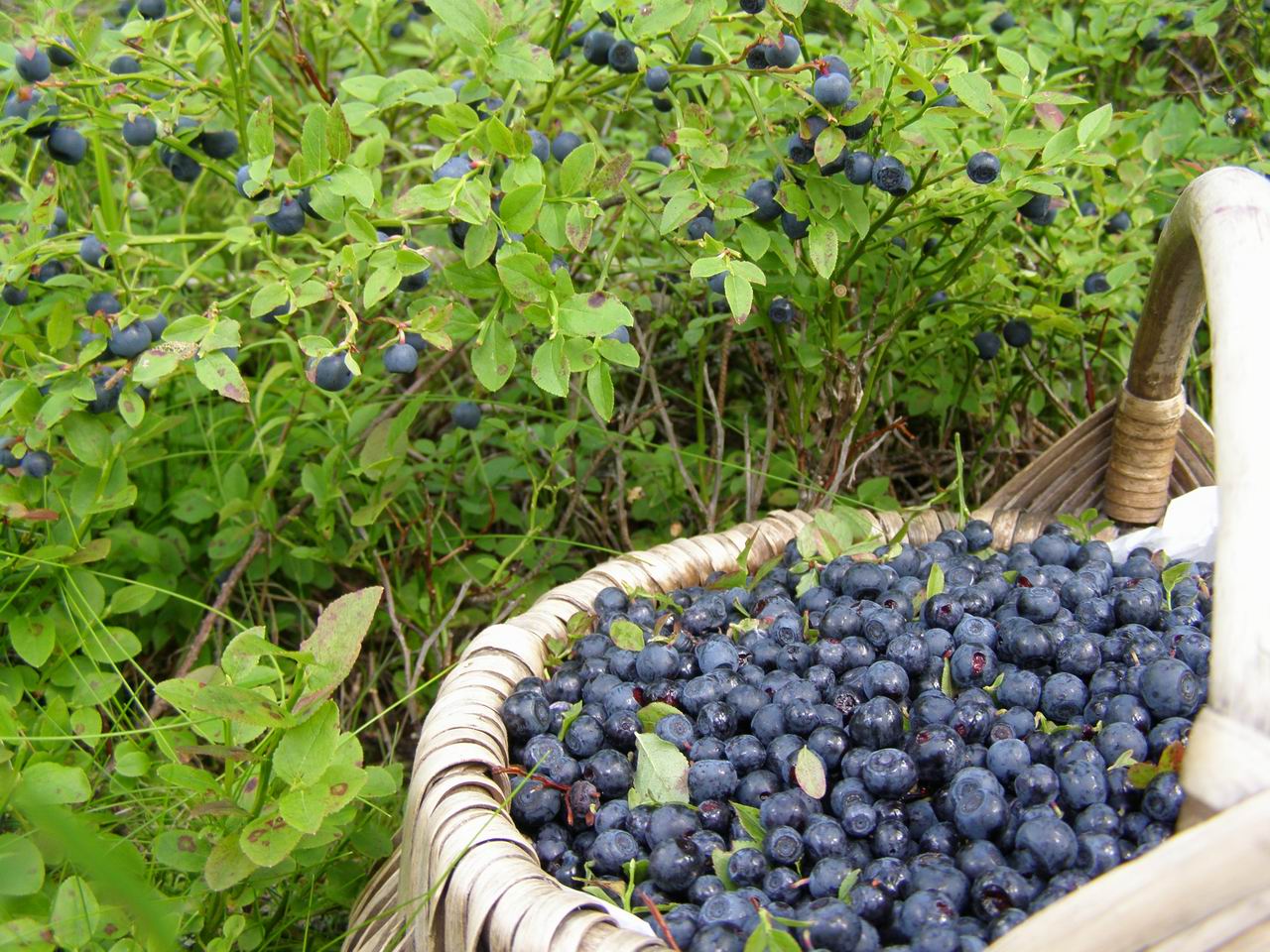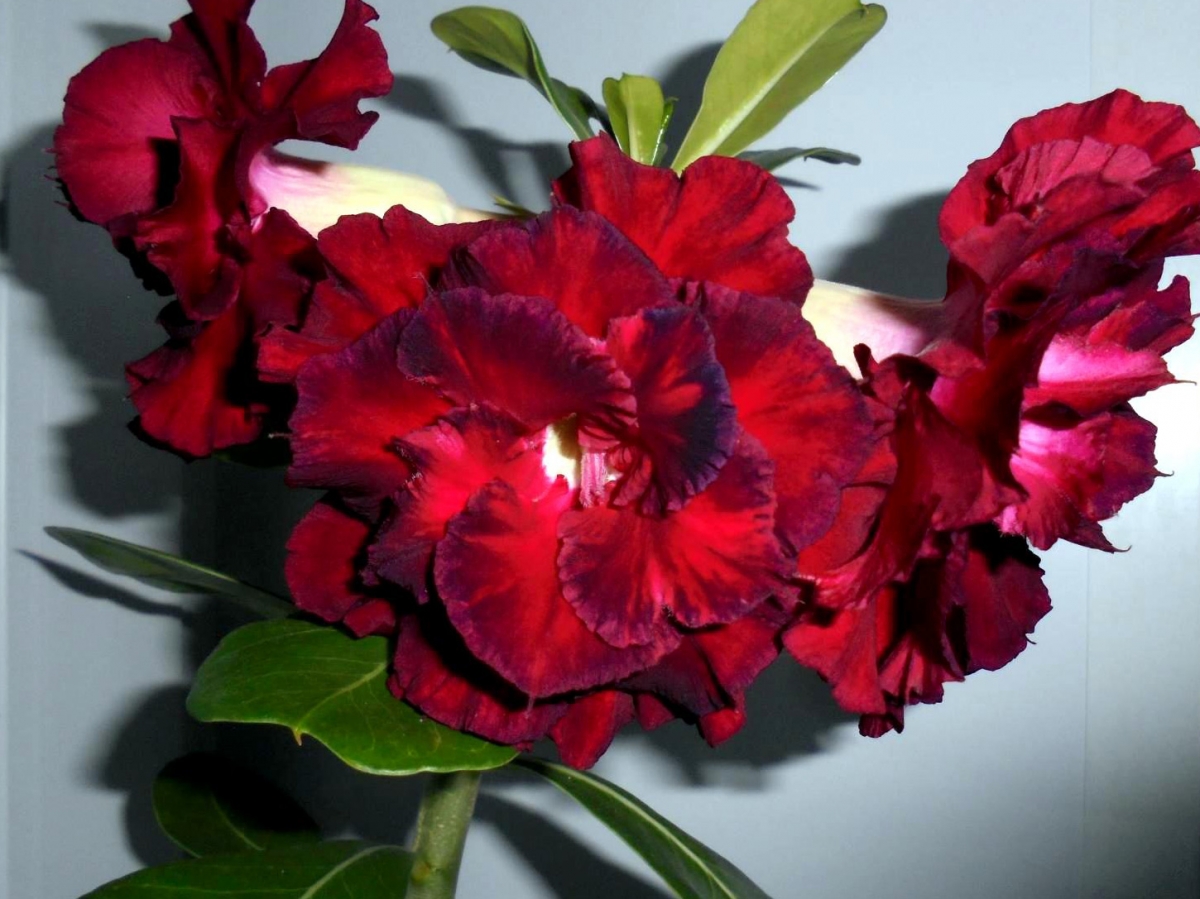Brovallia (from Lat. Browallia) is a herbaceous biennial belonging to the Solanov family. The plant was discovered by biologist Karl Linnaeus and named after his friend, the Swedish bishop D. Broval. The genus has six species, of which only one is actively cultivated at home - beautiful brovallia. These exquisite and unpretentious flowers can decorate not only rooms, but also balconies and garden terraces.
Content
What does a plant look like and what are the features of its cultivation
In the wild, brovallia is common in South and Central America. The plant is presented in the form of shrubs or semi-shrubs, growing up to one and a half meters. Indoors, it forms small bushes up to 45 cm high. Its leaves are deep green in color and slightly pubescent, have an oval shape with a pointed tip.
Brovallia acquires the greatest decorativeness during flowering, when many small buds bloom. Their color varies depending on the species and can be as follows:
- purple,
- lilac,
- white,
- pink,
- blue.
The flowering period lasts about 15-17 months... Even in winter, flowers adorn the plant, but in smaller quantities, due to a lack of light. The life cycle of brovallia is only 2 years and during this time it manages to bloom only once. After that, the plant soon dies. However, it is not that difficult to reproduce.
Seeds for breeding a new brovallia are collected from an old bush from fruits. They are formed after flowering and are boxes with valves, when opened, small black seeds spill out. Their germination is high, so even a novice grower will find it easy to grow a bush. In the process of growing a flower, it is recommended to pinch the stems at the tops, which enhances lateral branching. To make the bushes look lush, they are planted in several pieces in one pot.
Since the plant is poisonous, gloves are used when working with it. It is recommended to keep it out of the reach of children and pets.
Popular types of brovallia with photos
Thanks to the work of breeders, hybrid forms were bred from existing species, differing in the duration of flowering, the shape and color of the buds. The most common indoor brovallia:
- Beautiful, or pleasant - compact bush up to 40 cm high. It has branching stems covered with pubescent leaves 5–6 cm long. The plant blooms with flowers of different shades: white, blue, purple, lilac.
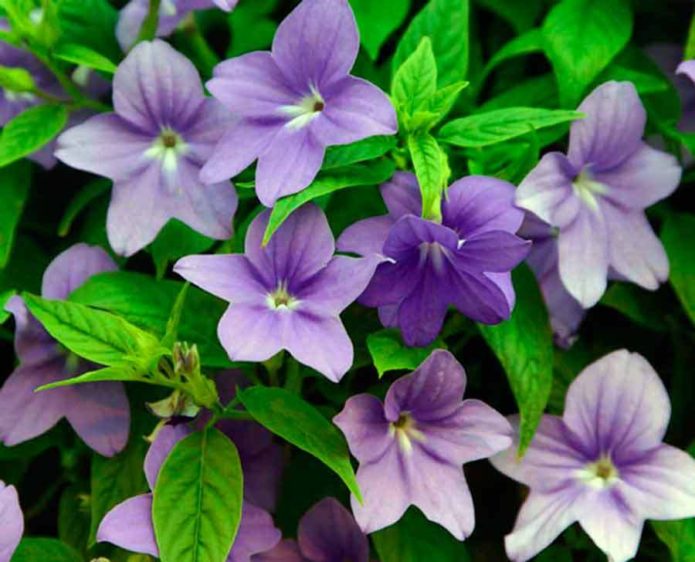
- Sticky is a low-growing plant (no more than 30 cm) with branches covered with a viscous bloom. It has single white or blue flowers.
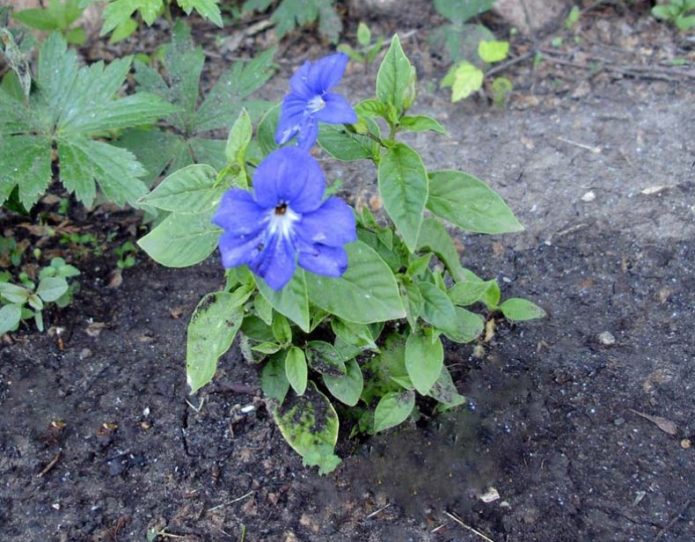
- American, or pubescent - a variety that looks like the previous brovallia, only without sticky stems. It blooms profusely with small bell flowers of white, blue or purple tones.
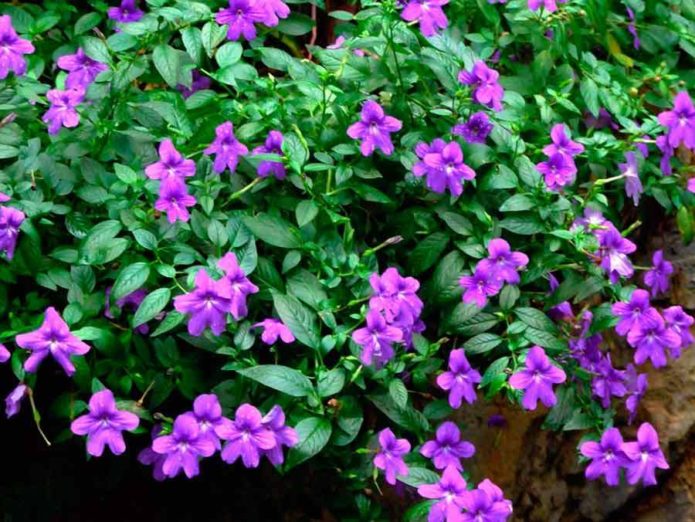
- Marine Bell is a specimen that can stretch up to 40 cm in height. Forms a branching bush with single or group inflorescences of a dark blue hue.
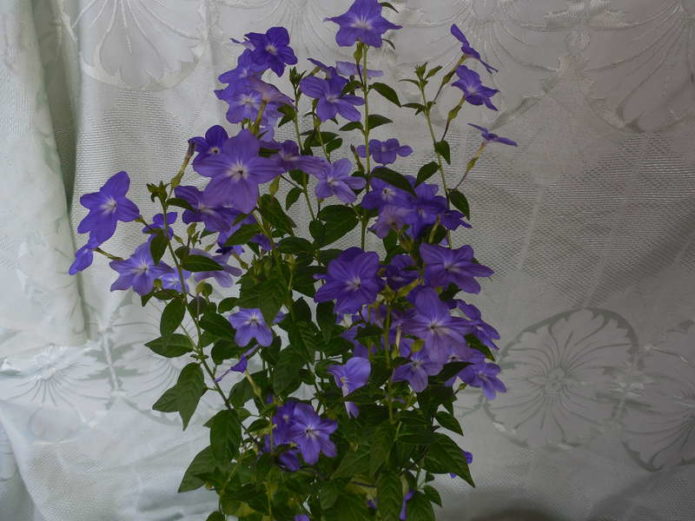
- Blue Bell is a spectacular plant no more than 35 cm high with a spherical crown. Blooms in cystic blue inflorescences.
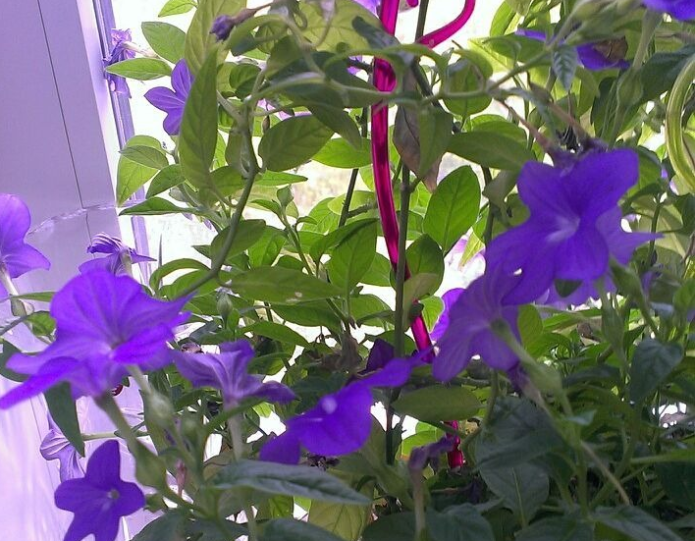
- Sapphire is a stunted representative up to 25 cm tall. It has rather large buds (about 4 cm in diameter), collected in a brush.
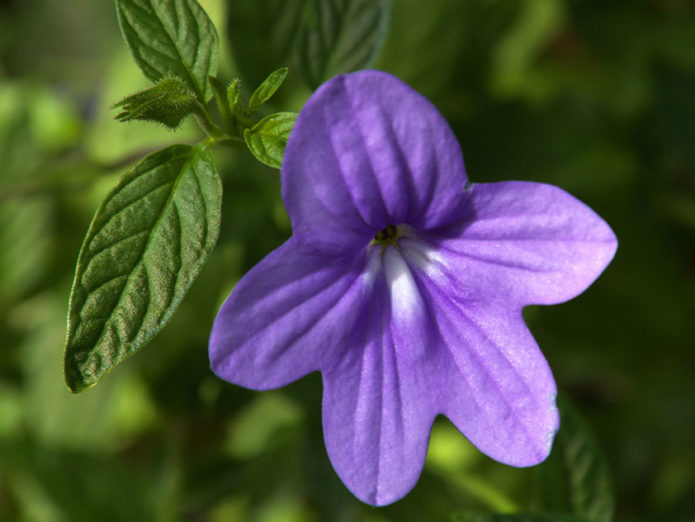
- Endless Flirtation is a hybrid with dazzling white flowers.
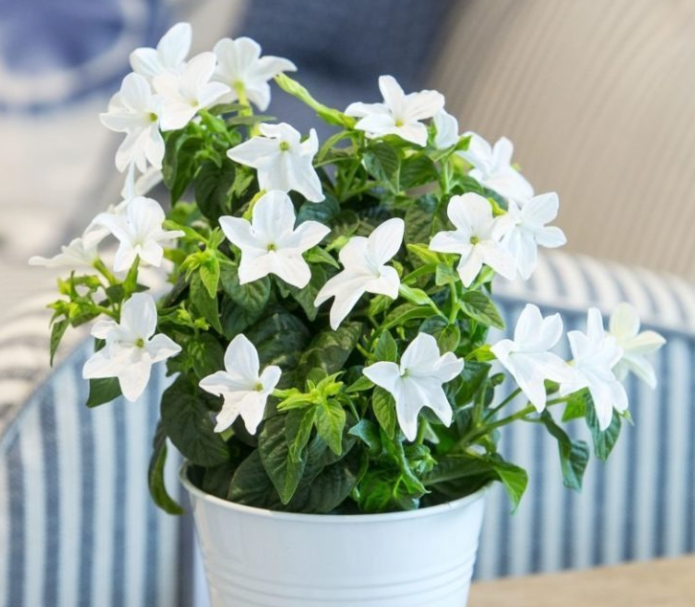
Home care
Brovallia refers to unpretentious representatives, but compliance with certain nuances of care is required. Only with the creation of appropriate conditions and due care can timely and long-term flowering be achieved.
Table: optimal conditions for keeping brovallia depending on the season
| Season | Temperature | Humidity | Lighting |
| Spring Summer | + 20-22 ° C | Brovallia does not need high humidity, but it will be uncomfortable in a room with dry air. In the heat, the foliage is sprayed with settled water 2 times a day, trying not to get on the buds | The place is selected illuminated, but with protection from the midday heat. Western and Eastern window sills are ideal. In summer, the plant is taken out onto the balcony, covered with tulle. Flowering requires 12-hour daylight hours |
| Autumn winter | 15 to 17 ° C |
Preparing a flower pot and soil
A wide plastic container with drainage holes is suitable for growing brovallia. The depth is selected, taking into account the thickness of the drainage - about 5–6 cm. Since some types of brovallia are ampelous, supports are created for them.
As a soil, use a ready-made substrate for flowering representatives of the flora or harvest it yourself. To do this, mix the following components in equal proportions:
- garden land;
- leaf compost;
- humus;
- river sand.
The prepared soil mixture must be disinfected - ignited in the oven at a temperature of 60 ° C for 25 minutes or poured with boiling water.
Watering
This is one of the most difficult points of care. Throughout the growing season, the soil in the pot must be kept slightly moist. The main thing is not to allow the bay, which leads to decay of the roots and the death of the plant. Drought also negatively affects brovallia. In steadily hot weather, water it every day, but in moderation. Use only settled water.
Brovallia prefers a full-bodied drink of soil moisture rather than frequent watering from above. Therefore, it is recommended to pour water into the pan and drain off the rest after 20-25 minutes.
Fertilizers
From spring to autumn, brovallia is fertilized 2 times a month with mineral complex compounds for flowering indoor plants. The dosage indicated on the package is reduced by 2 times. For a more intense flowering of the plant, it is recommended to periodically add potassium and phosphorus. In winter, there is no need for feeding.
Flowering and resting period
If in the open field brovallia blooms from July to late autumn, then indoors - about one and a half years. This happens as soon as the plant takes root. Only the buds that have appeared are removed so that the bush acquires greater splendor. And to extend the flowering period, wilted inflorescences should be immediately plucked before the fruits have time to set.
This plant does not have a dormant stage. It is replaced during the period when fruits are formed. This usually happens in winter. At this time, the plant is rearranged in the cool, stop feeding and watered moderately.
Brovallia does not need transplantation due to its short life cycle.
Video: growing brovallia
Table: possible care problems and how to fix them
| Painful manifestations | Causes | Correction methods |
| Yellow spots appear on the leaves | Burns resulting from prolonged exposure of the plant to direct sunlight | Create shading |
| The leaf plates turn completely yellow | Leaves are iron deficient | Use universal mineral supplements for flowering houseplants |
| The plant starts to wilt and looks unhealthy | Too hot indoors or poor soil moisture | They adjust the watering regime and spray the bushes in the heat |
| The foliage turns pale | Being in the shadow | Move the plant where it is light |
| Leaves are falling heavily | Sharp temperature jumps | Brovallia is selected for a room with a stable temperature regime |
| Poorly formed buds | ||
| There is no flowering for a long time | Not enough light | Move the plant pot to another location |
Diseases and pests
With properly created conditions of detention and proper care, brovallia rarely gets sick. But even she tends to be periodically affected by powdery mildew at the same time high humidity and temperature. Symptoms of this disease are a white gelatinous bloom on leaf blades and stems. Gradually, the leaves begin to darken, dry and crumble.
Treatment methods:
- At the initial stage of the lesion, the plant is treated with a soda solution: 5-6 g of baking soda and a little soap shavings are dissolved in a liter of water.
- In advanced cases, fungicides are used: Hom, Topaz, Skor.
Insects are especially dangerous:
- aphids - on the back of the leaf plate, multiple clusters of microscopic insects are noticeable, as a result of which the foliage curls and falls off;
- whitefly is a small midge that lays white larvae on the inside of a leaf;
- spider mite - a thin web appears on the buds, leaves and shoots;
- mealybug - the shoots are covered with a sticky bloom and white loose lumps.
Get rid of pests consistently. First, remove them with a sponge dipped in soapy water. After that, the bushes are sprayed with any insecticide: Fozalon, Intavir, Aktara. If repeated processing is required, then do not use the same preparation.
Step-by-step breeding instructions
Since brovallia does not live for a long time, it is necessary to periodically renew it by reproduction.... You can do this with cuttings or seeds.
Cuttings
An easy-to-use method that does not require special skills. As a result, the procedure allows the plant to be rejuvenated. Cuttings can be rooted in soil or water.
Sequencing:
- Cuttings are harvested in the spring or at the beginning of the summer season. To do this, choose strong shoots without buds and cut the tops to a length of 15–20 cm.
- They are planted in loose soil (you can buy ready-made for Saintpaulias).
- Cover the cuttings with glass or plastic caps and place them on the windowsill. To avoid direct rays, shade is created. The optimum temperature for germination is +20 ° C.
- Every day, the mini-greenhouse is slightly opened for ventilation and the substrate is moistened.
- They start picking in individual pots as soon as new roots appear on the cuttings.
Brovallia cuttings root no less successfully in water.
Growing brovallia from seeds at home
The seeds are sown immediately after harvest or purchased from the flower department.
To speed up their germination, it is recommended to pre-soak the seeds in warm water for 2-3 days.
If you want to get blooming brovallia in winter, sowing is carried out from August to September. If you plant seeds in February, then flowering will come in the spring. And for summer landscaping of balconies and loggias, planting is postponed until April.
Instructions:
- The prepared seeds are evenly distributed over the surface of the soil (it is taken, as for adult plants). It is not necessary to sprinkle it with earth.
- Cover the box with glass or plastic wrap and place it where there is sufficient lighting.
- The crops are systematically sprayed with settled water from a spray bottle and the protection is slightly opened for ventilation.
Sprouts hatch in 2–2.5 weeks... They are seated in 2-3 pieces. in standard flower pots. In the future, do not forget to pinch the plants in order to accelerate growth and development.
Brovallia is a peculiar plant that is loved by flower growers for its decorative effect and long flowering. Despite the seeming simplicity of flowers, they can transform any interior. And caring for this unpretentious culture is so easy that everyone can do it.
